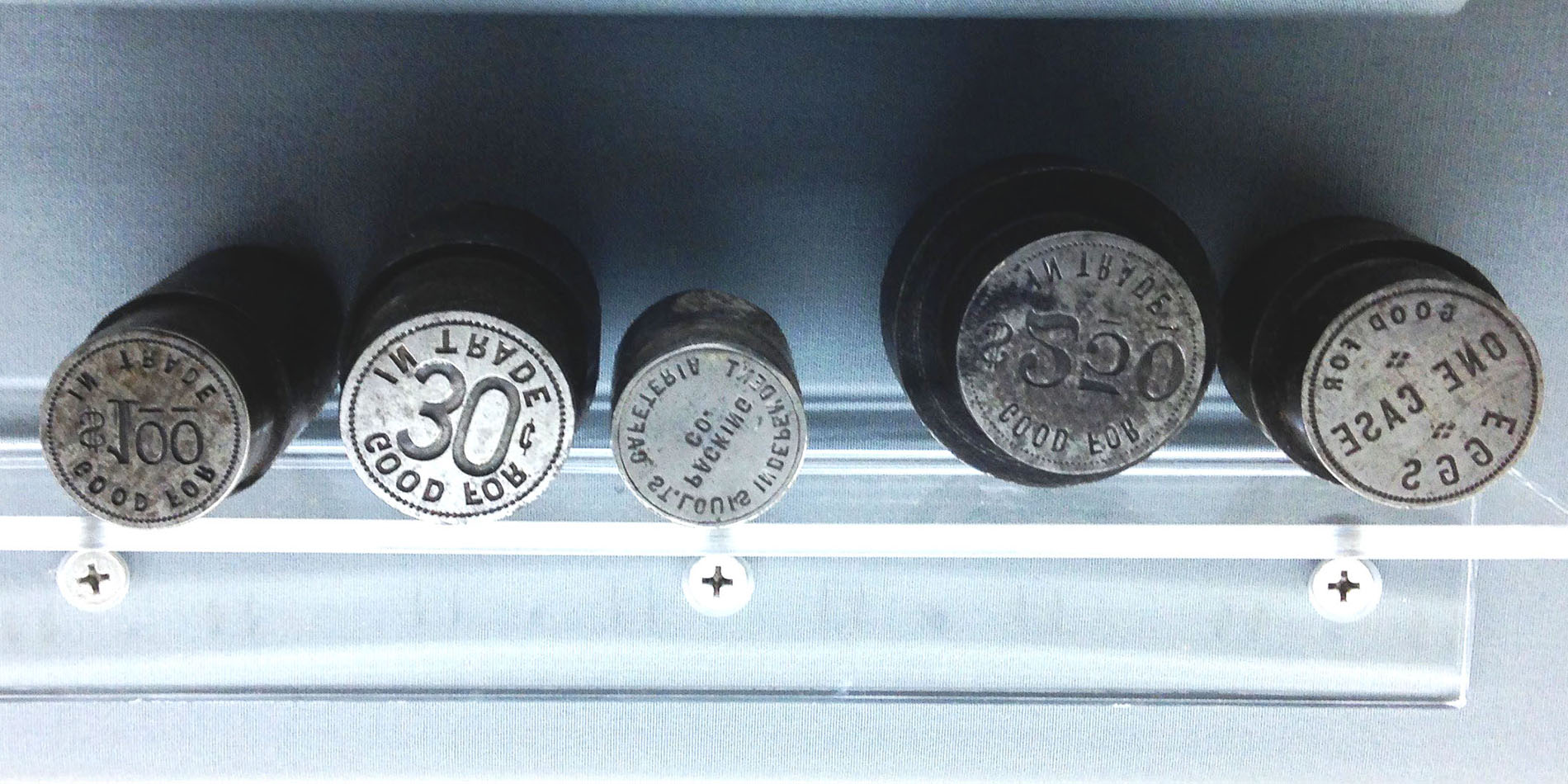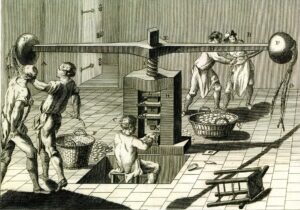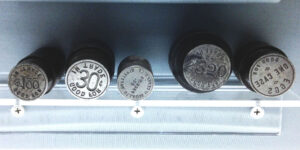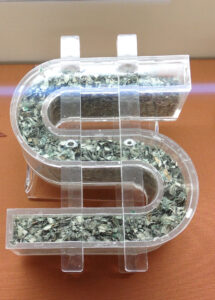
The Eric Newman Money Collection
The Money Collection exhibition showcased objects from Washington University’s Julian Edison Department of Special Collections as well as loaned artifacts and exhibits curated by students and faculty. The Money Collection was on display in the Olin Library’s Newman Tower of Collections and Exploration from April to December 2018.
Eric Newman was a leading scholar in numismatics or the study of currency. Newman wrote many books and scholarly papers on the topic and was an avid collector of rare coins and bills.
Newman sold many of his most prized collectors’ items in 2013, including a 1776 silver dollar minted by the Continental Congress, a 1792 penny with a silver center, and a set of five 1913 Liberty Head nickels; most of the proceeds from this sale went to the Newman Numismatic Education Society, which Newman formed in 1959.
The Newman Numismatic Education Society has funded the formation of the Newman Numismatic Portal, an extensive online resource created at Washington University in St. Louis to fulfill Newman’s stated goal to “make the literature and images of numismatics, particularly American numismatics, available to everyone on a free and forever basis.”
The Making of Money
The first known coins were struck from the precious metal electrum in Asia Minor during the 7th century BCE, and their minting process remains largely unchanged today. The portion of the Eric P. Newman Numismatic Collection displayed in the Money Collection contained several fascinating items related to the creation of currency like planchets, coinage dies, and printing plates.
To make a standard coin, a coinage die (pictured below) is placed in a screw press, which strikes a design onto a metal disk called a planchet (above). A different piece of equipment called a casting machine is used to put designs or words on the edge of a coin. Printing designs on the edge of a coin deter counterfeiting and make it difficult to shave bits of precious metal from the edges of the coin.
Coinage dies and printing plates are incised in reverse so that the printed bills will show the desired image. Retired plates are scratched to prevent them from being used by unauthorized parties.
Decay of Money
We do not normally think of the money we use as having a limited lifespan, but paper currency can only last so long before degrading. The U.S. Bureau of Engraving and Printing makes “paper” money out of starched cotton and linen that is more durable than regular paper, but bills still only last, on average, for 400 passes between people. This amounts to an average of four to six years for more common bills ($1, $5, $10), and up to fifteen years for the less commonly exchanged $100 bill. The average lifespan of a coin is much longer, ranging from 30-40 years.
Federal Reserve banks retire worn or damaged currency by shredding it, with an average of six billion bills destroyed each year. The shredded currency is then composted, recycled, sold as a souvenir, or burned in waste-to-energy incinerators.
Sources:
McFadden, Robert D. “Eric Newman, Whose Coins Told of America’s History, Dies at 106.” The New York Times, 16 Nov. 2017.



